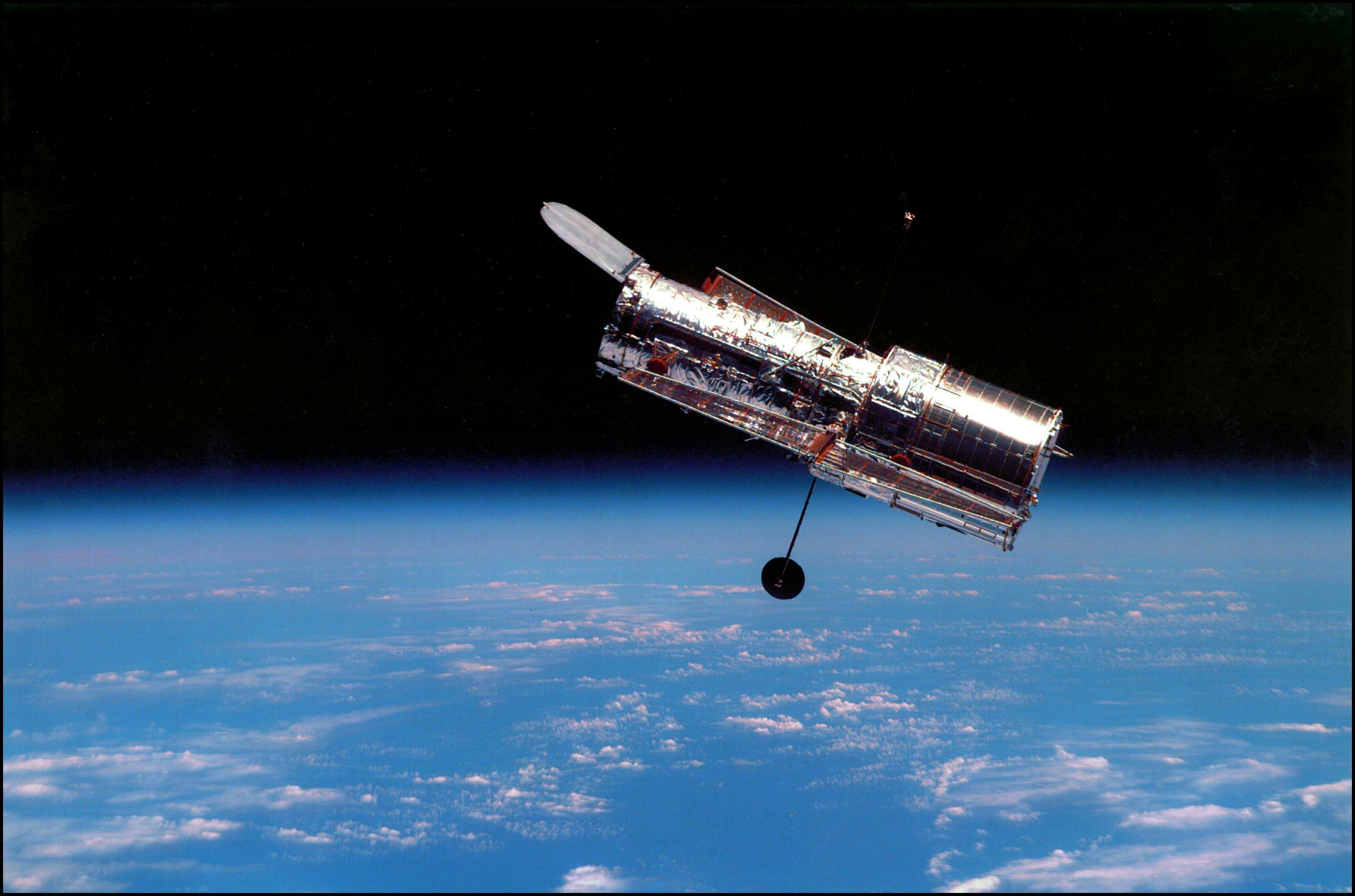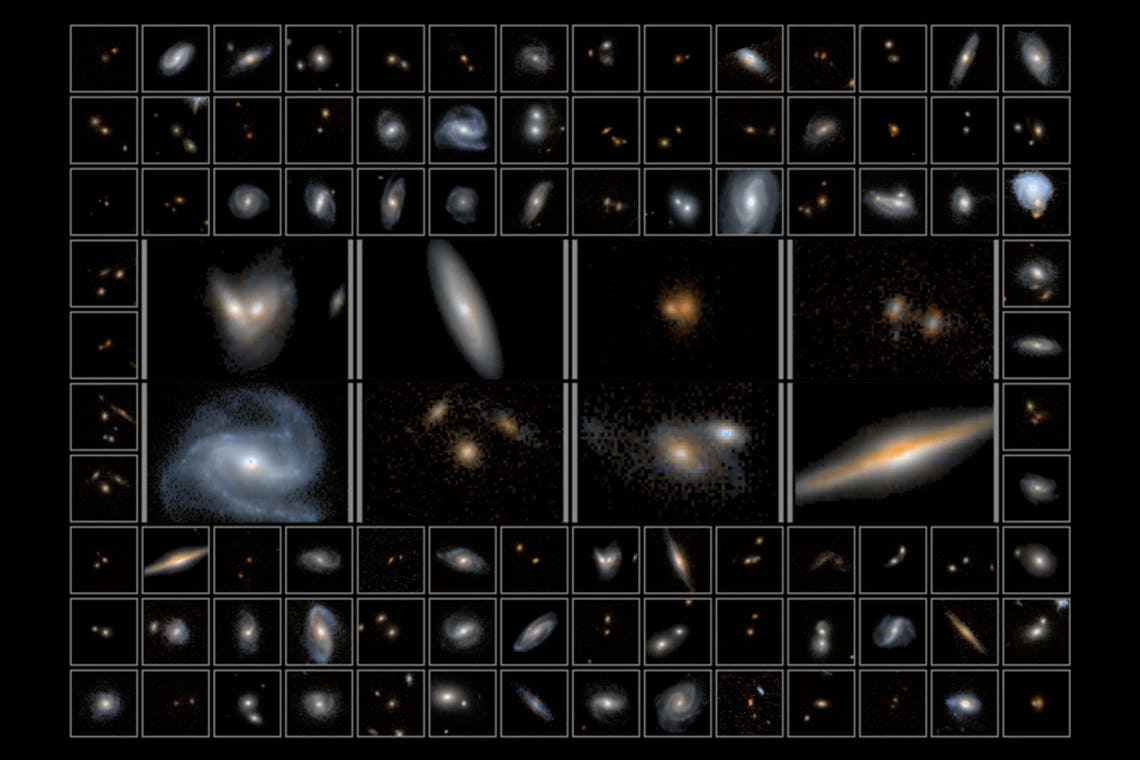
Dozens of hefty galaxies are decorating a new telescopic achievement: Astronomers took the largest infrared image that NASA’s Hubble Space Telescope has ever produced.
The veteran space observatory peered into the Sextans constellation to view objects within the extensively-studied COSMOS field like never before. A research team at the University of Toronto in Canada used the high-resolution 3D-DASH survey program to view this area to learn more about objects like gargantuan galaxies that far dwarf the Milky Way.
The resulting scan covers a region roughly six times the size of the Moon in the sky. You can watch an animation showing how they stitched together multiple images here.
“I am curious about monster galaxies, which are the most massive ones in the universe formed by the mergers of other galaxies. How did their structures grow, and what drove the changes in their form?” astronomer Lamiya Mowla, who led the 3-D DASH survey, stated in the university’s Monday announcement of the picture.
Galactic crashes are “extremely rare events,” making them hard to study using existing images, Mowla said. Their approach is to essentially cast a wide net in the hopes of collecting a unique observation that moves the science along.

How it works — The technique is called Drift And SHift (DASH), which employs Hubble to take eight pictures on each orbit instead of just one, “achieving in 250 hours what would previously have taken 2,000 hours,” university officials wrote in the announcement.
Officials compare DASH’s technique to what a smartphone does when it takes a panoramic picture. In this survey style, the observatory takes multiple shots that astronomers then stitch together, creating an eight times larger image than Hubble’s standard field of view.

Why it matters — This type of approach is promising and may be used again down the road. Not even Hubble’s successor, the James Webb Space Telescope, will be able to take such an expansive view.
The size of the scene may be outdone in the future by upcoming projects like the Nancy Grace Roman Space Telescope, but that won’t launch until sometime later this decade.







